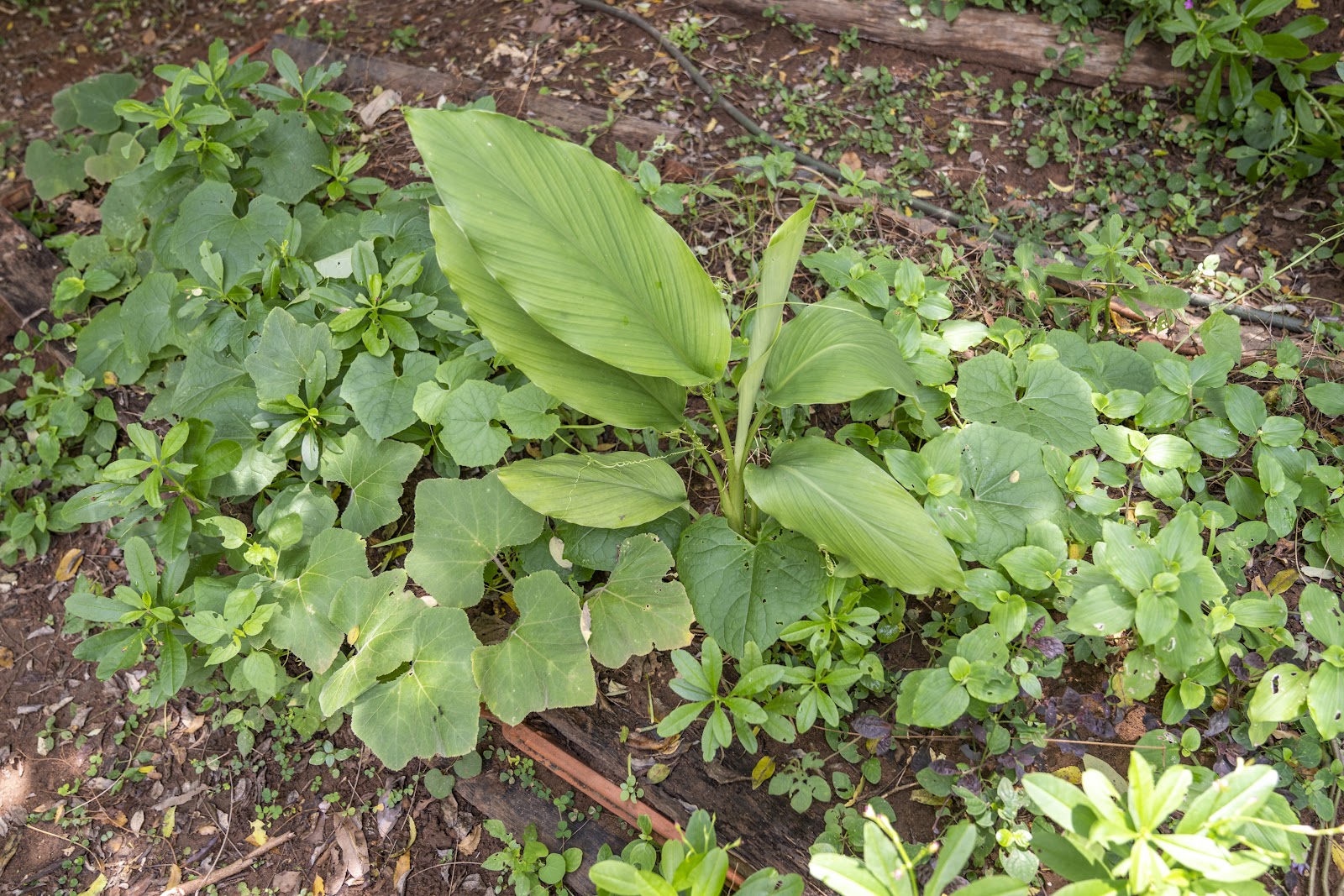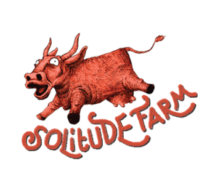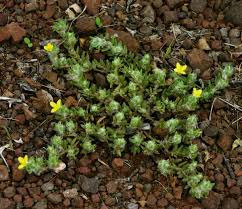TURMERIC
March 7, 2023 2023-08-29 6:06TURMERIC
Manjal
The use of Turmeric is so ubiquitous in Indian cuisine, that it likely falls second only to a staple such as rice or wheat. People are usually buying it as a powder, but if one is able to grow it, one could be assured of pure, whole Turmeric regularly. And using it raw allows one to make better use of its benefits as none of its Curcumin or natural oils are lost to processing.

Raw Turmeric can be crushed and boiled with Ginger, for example, and to this brew one could add lemon and a sweetener, and one has then a delicious, refreshing and vitality-expanding health tonic! Grated fresh Turmeric can be used in cooking instead of the powder, or even added to a salad! The tubers can also be prepared into a pickle (there will be a recipe soon!)

Ayurveda regards Turmeric very highly, particularly due to its notable anti-inflammatory properties, affected particularly by Curcumin which is also a strong antioxidant. However, Curcumin does not exhibit good bioavailability by itself, so this is traditionally improved by combining it with Piperine, contained in Black Pepper. Piperine enhances the absorption of Curcumin by 2,000%! That probably explains the traditional recipe for a concoction of Turmeric powder and Black Pepper powder boiled in milk, consumed to minimise the symptoms of inflammatory colds. The use of milk as the base is due to the fact that the consumption of Curcumin along with fat allows it to directly be absorbed into the bloodstream while bypassing the liver.

To grow Turmeric is quite easy, it does well even in sandy soils, and it is highly shaded tolerant, doing well in those parts of a food forest where other plants would suffer due to a lack of light. At Solitude Farm, we’ve started to grow Turmeric on the edges of raised beds, and there is a certain understanding emerging, that the soil ecology and the root relationships under the ground are being benefited by its medicinal value. It has thus become an integral part of our permaculture.
Sowing is done at the very start of the summer monsoon, and the harvest traditionally takes place around Pongal, in January. And actually, once one has obtained the rhizomes and planted them, they can keep reseeding themselves year after year!

Permaculture Weekend Workshop
Join us on a road back to nature with this intensive and hands-on workshop that will empower you to start growing your own food and gain insight into knowing where your food comes from!

Weekly
Mini-Workshop
Join us on a road back to nature with this intensive and hands-on workshop that will empower you to start growing your own food and gain insight into knowing where your food comes from!

Permaculture Weekend Workshop
Join us on a road back to nature with this intensive and hands-on workshop that will empower you to start growing your own food and gain insight into knowing where your food comes from!

Weekly
Mini-Workshop
Join us on a road back to nature with this intensive and hands-on workshop that will empower you to start growing your own food and gain insight into knowing where your food comes from!











